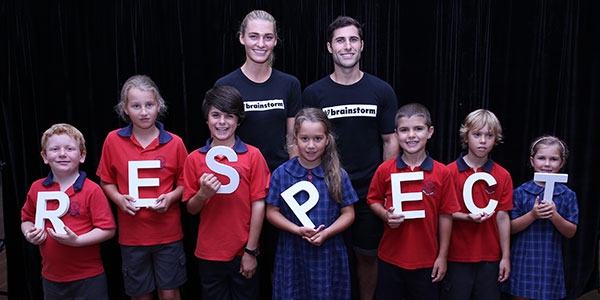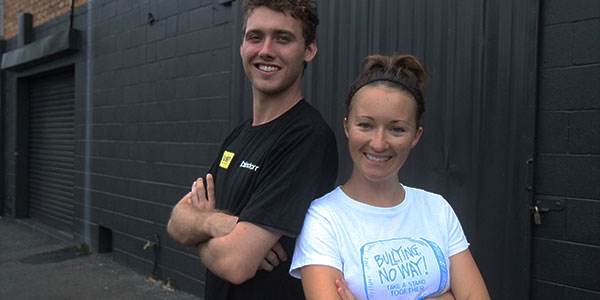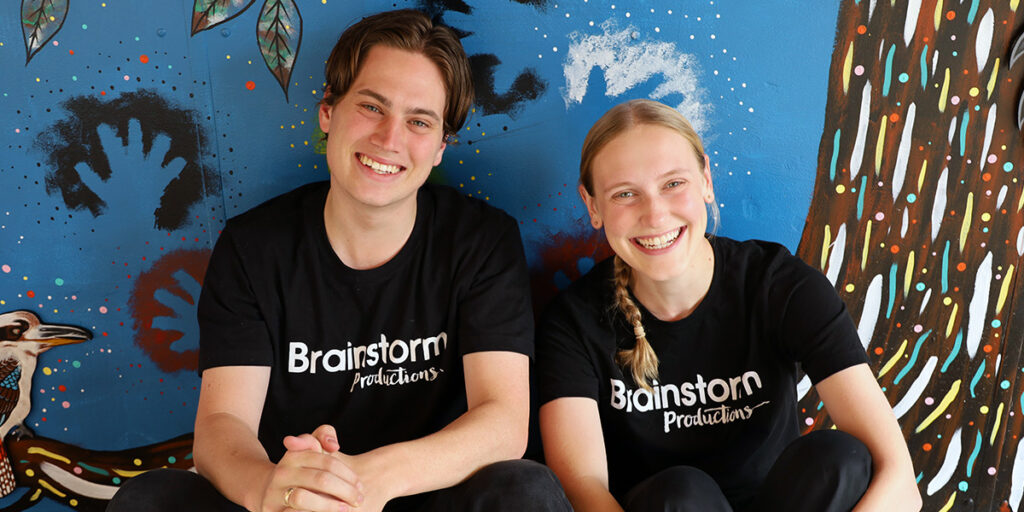Friday the 16th of March is 2018 National Day of Action Against Bullying and Violence. This is a day for school communities to take a stand together, and demonstrate their commitment to creating a safe and supportive environment for all students.
The Australian government is getting behind this initiative, in response to growing concern about the devastating impact of bullying on children and teens. This week Prime Minister Malcolm Turnbull and Education Minister Simon Birmingham wrote a letter to every principal in the country, urging them to join the national effort against bullying and violence in schools.
And the spotlight isn’t only on schools – in recent weeks attention has been turned towards abuse and harassment occurring within Australian universities.
It is clear that bullying is now on the national agenda.
So where do we go from here?
Changing conversations about bullying and violence
There is increasing awareness that bullying is not just a normal part of childhood – it can have a profound impact on a child’s development, and the effects can continue well after they have left school.
The National Day of Action is led by Bullying. No Way!, a government organisation committed to changing the conversations about bullying in Australian schools.
Rather than using punitive language to address bullying, they encourage schools to take a more collaborative and positive approach. They note that ‘get tough’ solutions, punishments and reactive approaches may stop bullying in the short-term, but do not lead to lasting social change.
Creating a bullying prevention culture

Schools are increasingly taking a whole-school approach to bullying and violence prevention. According to Bullying. No Way! the most effective bullying programs are multi-faceted, and based on building relationships and social solutions. A recent review found that the most effective programs are those that address the broader context in which bullying occurs, including school, peer and family systems [1].
Of course, at the core of a bullying prevention culture are the students themselves. Bullying prevention doesn’t just involve the targets and perpetrators, but also those who witness bullying in their communities.
Peer attention is one of the biggest reinforcers of bullying – even ‘just watching’ can keep the cycle going [2]. Passive bystanders, while not contributing directly to the harm, can reinforce bullying behaviour simple through their attention and presence. This is the case with both online and face-to-face bullying.
Another recent review highlighted three key components of effective bullying prevention programs: 1) creating a school culture in which students feel safe and empowered to stand up for their peers; 2) teaching strategies to shift peer attention away from bullying, so that this behaviour is not reinforced; and 3) teaching strategies that help students recognise and reinforce positive stand-up behaviour in their peers [2].
More schools are basing their anti-bullying policies on a shared understanding of core values, such as empathy, kindness, and inclusion. They are implementing strategies that build the capacity of all students to take positive actions against bullying and violence.
How Brainstorm Productions are contributing to a bullying prevention culture in Australian schools

Brainstorm Productions help schools create a safe and positive environment, where respectful behaviours are rewarded, and bullying is neither reinforced nor ignored.
Their bullying programs address social and emotional factors that contribute to bullying behaviour, both at school and online. They also provide simple and effective strategies for students who may be the target of bullying and cyberbullying.
Brainstorm’s bullying programs also promote more in-depth conversations about the culture of bullying in our schools. The stories aim to elicit empathy and compassion, and encourage independent and critical thinking. They raise questions about the role of the bystander, and remind us that we can all play a part in ensuring the safety and wellbeing of others.
The Flipside: A new bullying program for high schools

This week Brainstorm Productions launch their new bullying program for high schools, The Flipside.
Through an engaging narrative and theatrical devices, The Flipside explores the issues of online ethics and accountability.
The performance poses important questions to students: What is harmful? What constitutes online bullying and harassment? How can we be respectful of others online? Are the expectations of behaviour different online versus offline? And what if we just watch – does that make it OK?
This is what some of the students at The Rivers Secondary College in Lismore had to say about The Flipside, after a preview earlier this week:
“Brilliant production…very real…deep and interesting and sooo true”
“I learnt how something affects some people differently – some people thought the video was funny while other people thought it was disrespectful”
“I felt really sad for Hannah when she was humiliated”
“The way they were portrayed was really human”
“The message was really strong…a new take on cyber bullying”
“Respect people and treat them the way you want to be treated”
New research indicates that many students are unsure how to interpret the behaviour of their peers online, and believe they don’t have the confidence or resources to intervene [3]. It is hoped that The Flipside will empower students to take responsibility for their behaviour, and take action to support those who are experiencing online abuse.
Imagine a world without bullying
As the National Day of Action approaches, we are all encouraged to imagine a world without bullying.
What would it be like if every child felt safe at school? What if every student felt comfortable to be who they are?
The National Day of Action provides an opportunity for students to share their ideas, hopes and dreams. It gives us a chance to have positive conversations about the future, so that we may feel inspired to enact real and lasting change in our school communities.

References
[1] Thomas, H.J., Connor, J.P., & Scott, J.G. (2017). Why do children and adolescents bully their peers? A critical review of key theoretical frameworks. Social Psychiatry and Psychiatric Epidemiology (ePub ahead of print).
[2] Ross, S.W., Lund, E.M., & Sabey, C. (2017) Students’ perspectives on bullying. In Bullying in School: Perspectives from School Staff, Students, and Parents, L.H. Rosen, K. DeOrnellas, & S.R. Scott (eds), pp 23-47. Palgrave Macmillian US.
[3] Patterson, L.J., Allan, A., & Cross, D. (2017). Adolescent perceptions of bystanders’ responses to cyberbullying. New Media and Society, 19, 366-383.




